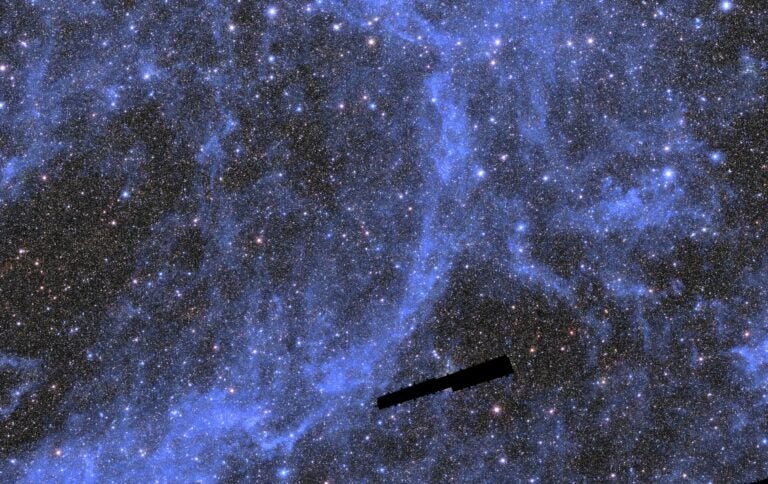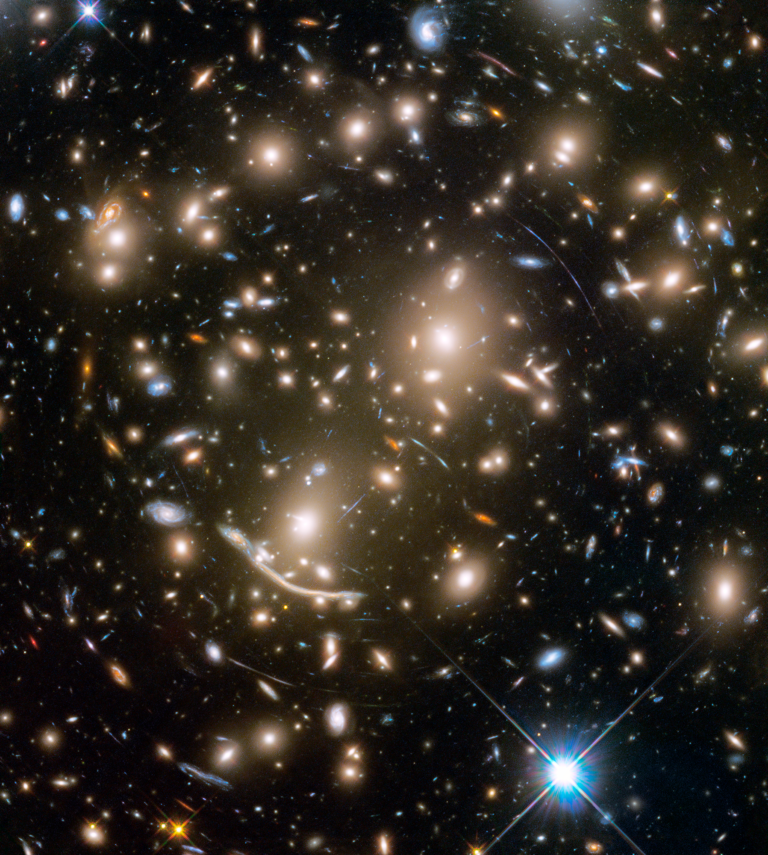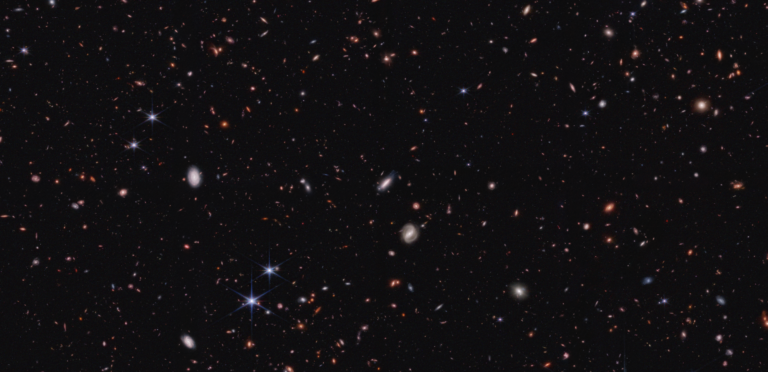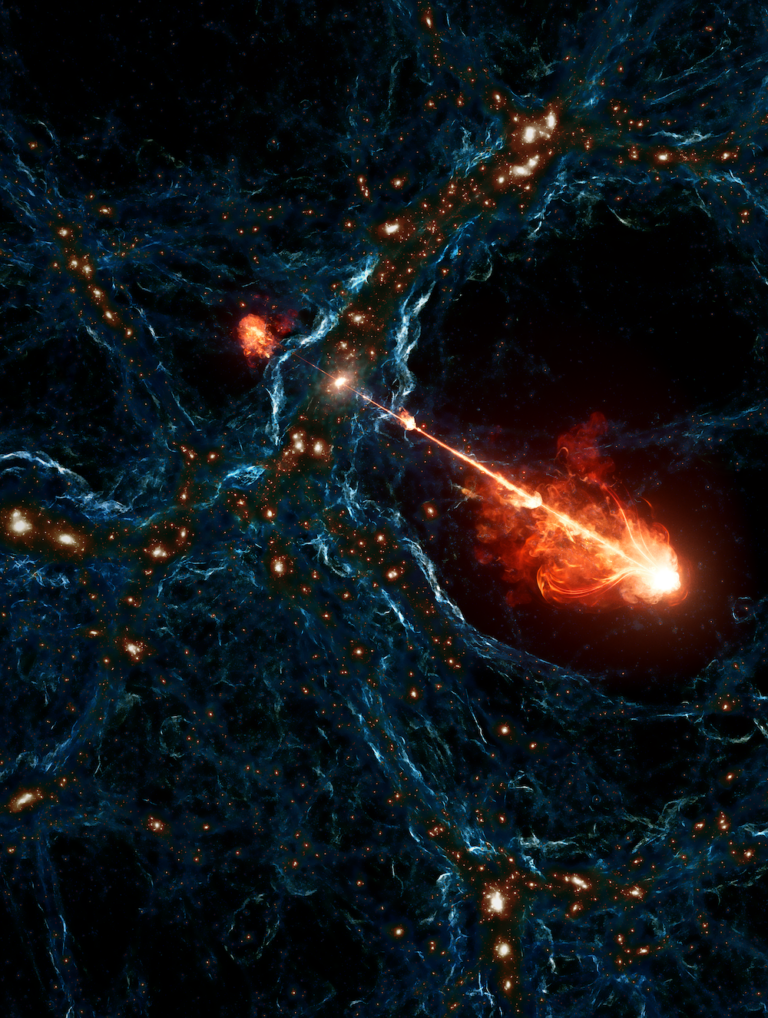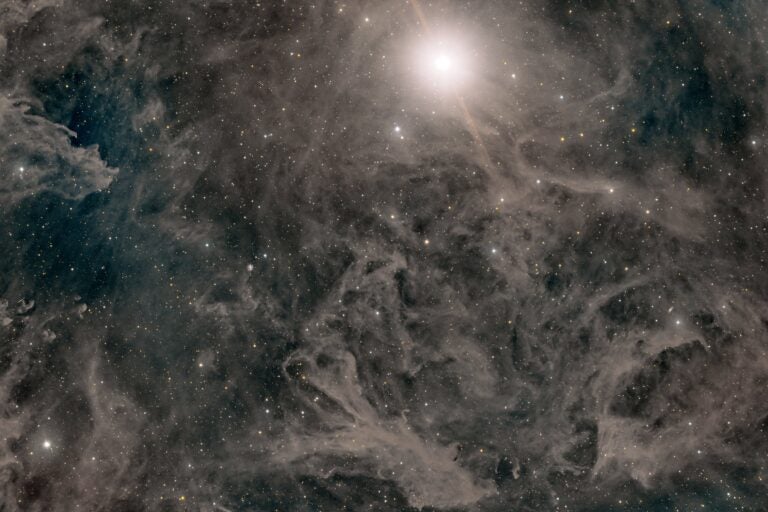This apparent life-friendliness is often called the anthropic principle. But controversy abounds. Is this “perfection” an odd cosmological quality that demands some sort of explanation? Or, rather, are these merely the parameters we must find if we’re alive and asking questions?
This “smart universe” business irks some people. Neil deGrasse Tyson, in a recent lecture, gave a slide show presentation he entitled “Stupid Design” to rebut the intelligence idea.
“Ninety-nine percent of all species that ever lived on Earth are extinct,” he pleaded. “What kind of intelligence can’t even create animals that stick around? And how can anyone say the cosmos is designed for life? It’s hostile and brutal out there!”
Tyson’s Powerpoint images itemized various bummers: Our galaxy will someday collide with Andromeda; the Sun will become a red giant, sterilizing Earth. “Give me a break!” he said. The audience laughed and applauded.
So is the universe dumb and random? Or, worse, malevolent? After all, nature somehow came up with mosquitoes and TV commercials for accident attorneys. Maybe such unpleasantness extends clear across the galaxy. Maybe stars would explode as astronauts approached, just to bum them out.
In the past year, we touched on the intelligent aspect and characterized the cosmos as beautiful. But perhaps such a smart-and-pretty stance is all wrong; maybe “pretty” is merely us humans projecting our own biases and wishful thinking.
So let’s try for some journalistic balance and examine the gloomy side of space. We’ll select the “ugly” button on our go-to telescope. Whirrr — let’s see where it points.
It’s a good season for this, at least where I live. November can be a depressing month. We’ve entered the year’s darkest quadrant. Some 6 percent of the U.S. population suffer from Seasonal Affective Disorder and undergo full-blown depression due to sunlight’s absence (and another 14 percent get the “winter blues”). Added to that, flowers and butterflies are gone, along with fragrant scents and bird songs.
IS THE UNIVERSE DUMB AND RANDOM? OR WORSE, MALEVOLENT?
And there’s Vulpecula which resembles a fox only to the kind of people who see intricate portraits in passing clouds. It contains the Dumbbell Nebula (M27), where a Sun-like star recently grew into a red giant and destroyed any life on its planets.
There’s Pegasus the Winged Horse. Can’t visualize it? That’s because it’s upside down. Sorry about that. And Cassiopeia? She’s a queen, which ought to be lovely, so let’s try to picture her. You take this M shape, and, er … well, maybe she’s performing some yoga posture.
Let’s try the planets instead.
How about Venus, the very nearest? It can appear larger than any other planet, so it ought to display nice detail. Except it’s shrouded in featureless clouds. Like a cruel hoax, there’s nothing to see. Anyway, it’s currently hiding behind the Sun. And under that overcast blanket of sulfuric-acid droplets, the surface broils at 870° Fahrenheit (465° Celsius). Venus is one of those bad places concocted by the “dumb universe” Tyson talks about. Guess he was right.
OK, turn to Uranus, the only planet reaching opposition this final quarter of 2014. Whoops, blank clouds again.
We won’t give up. We dragged out our heavy scope and bruised our shin with the counterweight. Where’s Jupiter? Not high enough till after 2 a.m.? Forget it. How about Saturn? Behind the Sun and invisible. What about Mars? Too low and distant to show anything. Oh well, everything looks blurry through this thing anyway. Maybe someday we’ll learn how to align the optics.
Let’s try meteors. They require no scope. This month features the Leonids on the 18th, which has produced some great historic storms. Hmm, the expected maximum is listed as only 20 meteors per hour this year. Pathetic. What happened? What about those rich displays, like the ones in 2001 and especially 1966? When will one of those occur?
Next possible date: 2099. In a mere 85 years.
OK. Got it.
The universe is on a bummer.
(Happy? I’ve presented the dark side. The “fairness in science journalism” requirement is now met. Can we not do this any more? Please?)
Contact me about my strange universe by visiting http://skymanbob.com.






